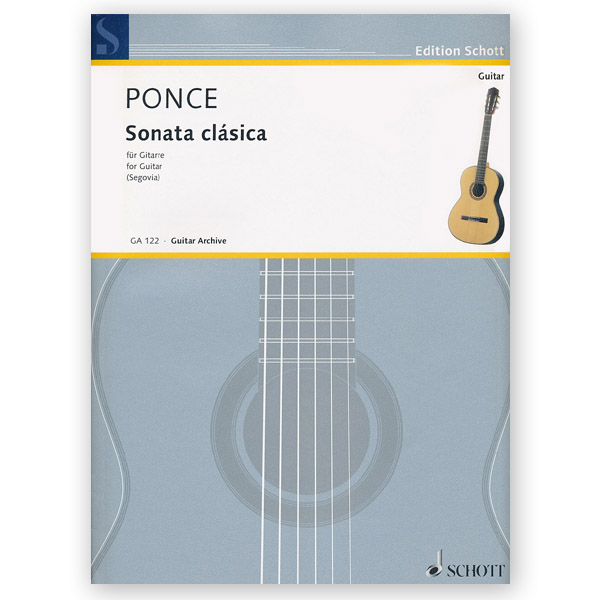
A certain work she has done besides the 44 pages of the musical text is an analytical supplement in English, Italian and German - all in all, 36 extra pages - in three single booklets. More than half of the whole project was created under her direction. The most important part of the project is done by Piera Dadomo, the main editor of the publication. How would you describe your part in this edition? In all these cases, we offer more than only one option. Or, very rarely, when a passage is not playable. When Ponce by himself corrected something, and you are not clear what the first solution was and what the second solution was. For example, when it is tough to recognise Ponce’s handwriting. We added this as an Appendix at the end of the edition. We also tried to create alternate versions, such as changing the key or working with a scordatura.

The next point of interest for us was to find new fingerings, which are very complicated. It took us more than a year to investigate all this because some things are not easy to recognise.
#PONCE SONATA CLASICA PDF FULL#
I think they will publish a book with the original manuscripts in full colour eventually. First, Piera went deep into the manuscript and also came into contact with a significant and gentle person from Mexico, Mr Paolo Mello, who sent her some photos of the original because it’s tough to read from the photocopies of the original. We started to think about a completely different concept. And then I offered her to start on an edition with no limit of pages.ĭo you mean you started to create something really new besides the other existing editions of the Preludios? The Italian editor was hesitating because of too much economic investment. Piera Dadomo wanted to add more detailed information to each Preludio, but this meant more space, more pages. But things came out very slowly, and another important question could not be resolved: What to create different and new to the very magnificent edition by Grondona? I was not on the plan, and I recommended she collaborate with the Italian editor because I had many other projects. At the same time, my wife, Piera Dadomo, a splendid Italian guitarist, got the request from an Italian editor also to publish an Urtext version because they had been so amazed about her recording of the 24 Preludios she had done some years before. But in 2019, there was a new and accurate Urtext publication of the whole set by Stefano Grondona on Guitar Heritage based on the manuscripts. Everything came out a bit too complicated. But there was also the copyright problem in 2006 - Schott held the copyright only for selecting 12 Preludios. In this period, I was too busy with many other projects, and to be honest, the challenging work on the other Ponce edition made me a bit tired to continue. What was the reason to let us wait so long time for your publication? And I could discover so many differences between the editions by Alcázar and Segovia. I was very emphasised about reading all these beautiful pieces now in Ponce’s own handwriting. In 2006 - after my first Urtext edition of some important Ponce pieces published on Schott ( Sonatina meridional, Sonata clásica, Sonata romántica, Thème varié et Finale) - I received the manuscript of the 24 Preludios. Before, we only had the version by Andrés Segovia with a selection of 12 Preludios. I remember how glad I was when I discovered in 1981 a brand-new edition with the first publication of all 24 Preludios by the Mexican guitarist Miguel Alcázar on Tecla.

Let’s talk about your recent publication about your work with Manuel María Ponce that came out last year.


 0 kommentar(er)
0 kommentar(er)
